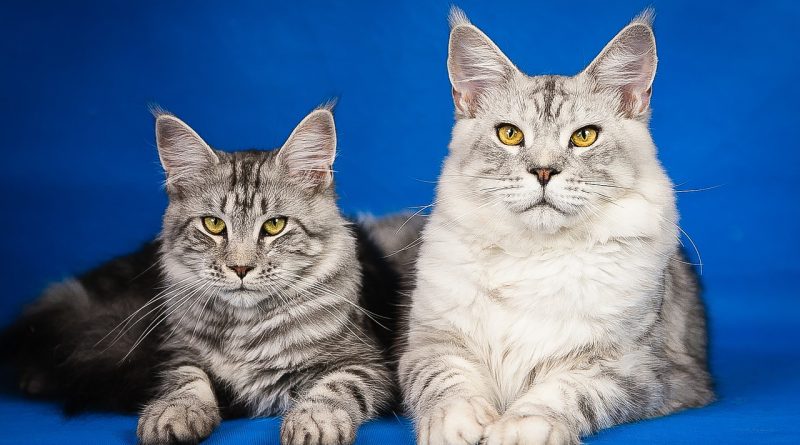Don’t Sugar Coat It: The Best Diets for Cats with Diabetes
Diabetes is a common disease in cats that affects the ability to properly process sugar. Obesity is a big risk factor for diabetes in cats, but diabetes can also have other causes, such as pancreatitis and certain medications. With aggressive treatment using insulin and diet, it is possible for some cats to go into remission and no longer require insulin therapy. However, many cats require lifelong insulin treatment. In addition to insulin, nutrition plays a key role in the treatment of cats with diabetes.
Nutritional Considerations for Cats with Diabetes
Calories: Being overweight makes it more difficult to control cats’ blood sugar. Therefore, it is important to measure food and monitor your cat’s weight carefully. For overweight cats, measured food amounts and frequent weigh-ins are recommended to promote slow, safe weight loss. Weight loss can reduce a cat’s insulin needs, so careful monitoring is necessary.
There are special veterinary diets marketed for cats with diabetes but, unfortunately, many of them, especially the dry diets, are very high in calories which can make it hard to lose weight or maintain ideal weight. It’s important to talk to your veterinarian about the best diet for your cat.
Carbohydrates: Lower carbohydrate diets may be beneficial for some cats with diabetes but the optimal amount and type of carbohydrate for diabetic cats is still unknown. Some diabetic cats also have other health problems, such as kidney disease, that may not be an ideal fit with low carbohydrate diets. Low carbohydrate diets, especially dry diets, are often very high in calories. For these reasons, simply choosing the lowest carbohydrate diet available may not be the best option for all diabetic cats.
Lower carbohydrate diets may be beneficial for some cats with diabetes but the optimal amount and type of carbohydrate for diabetic cats is still unknown.
Consistency: It is important to keep all food and treats as consistent as possible. This means keeping the brand, product, and even flavor of your cat’s food and treats the same every day. Dry and canned foods (even of the same brand/product name) are formulated differently and aren’t interchangeable without checking with your veterinarian first.
Feeding Schedule: We typically recommend feeding diabetic cats a measured amount of food twice daily at the time of insulin administration. While most cats can be converted to twice daily feedings, some prefer grazing on food throughout the day which may work for some diabetic cats (particularly those that are underweight) depending on the type of insulin they get. Your veterinarian can help you develop an optimal medical and nutritional plan for your cat.
Fiber: For some cats, fiber may be helpful in controlling blood sugar. Fiber may also have some benefits for overweight cats by helping them feel more full with fewer calories.
Protein: Cats with diabetes tend to lose muscle mass, especially when their blood sugar is not yet well controlled. Feeding higher protein diets to cats with diabetes can help maintain muscle mass, but your veterinarian can help you determine the right amount for your cat.
Texture: Both dry and canned diets can be fed to diabetic cats. The nutritional profile is more important that the form of the food. Canned diets are frequently, but not always, lower in carbohydrates. They also tend to be higher in protein and fat, which may not be ideal for every cat. Nutrition is an integral part of the care for a cat with diabetes. However, every cat is an individual so be sure to work with your veterinarian to fine-tune your cat’s diet to optimize his or her care.

